
Lübeck Landmarks: Discovering 10 Historic Treasures
Table of Contents
Lübeck Landmarks
Lübeck, the former capital of the Hanseatic League, is a city brimming with rich history and stunning architecture. As travelers explore this UNESCO World Heritage site, they’ll Discover Lübeck landmarks that tell the story of maritime trade, medieval architecture, and cultural revival. From the iconic Holstentor gate to the charming streets of the old town, each landmark encapsulates the essence of Lübeck’s storied past. In this article, we will delve into 10 must-visit Lübeck landmarks, highlighting their historical significance and the unique experiences they offer. Ready to embark on a journey through time in this captivating city?
Want to find the best travel deals for this destination? personalized adventure planner with our adventure planning specialist!
1. The Holstentor: Symbol of Lübeck’s Glory
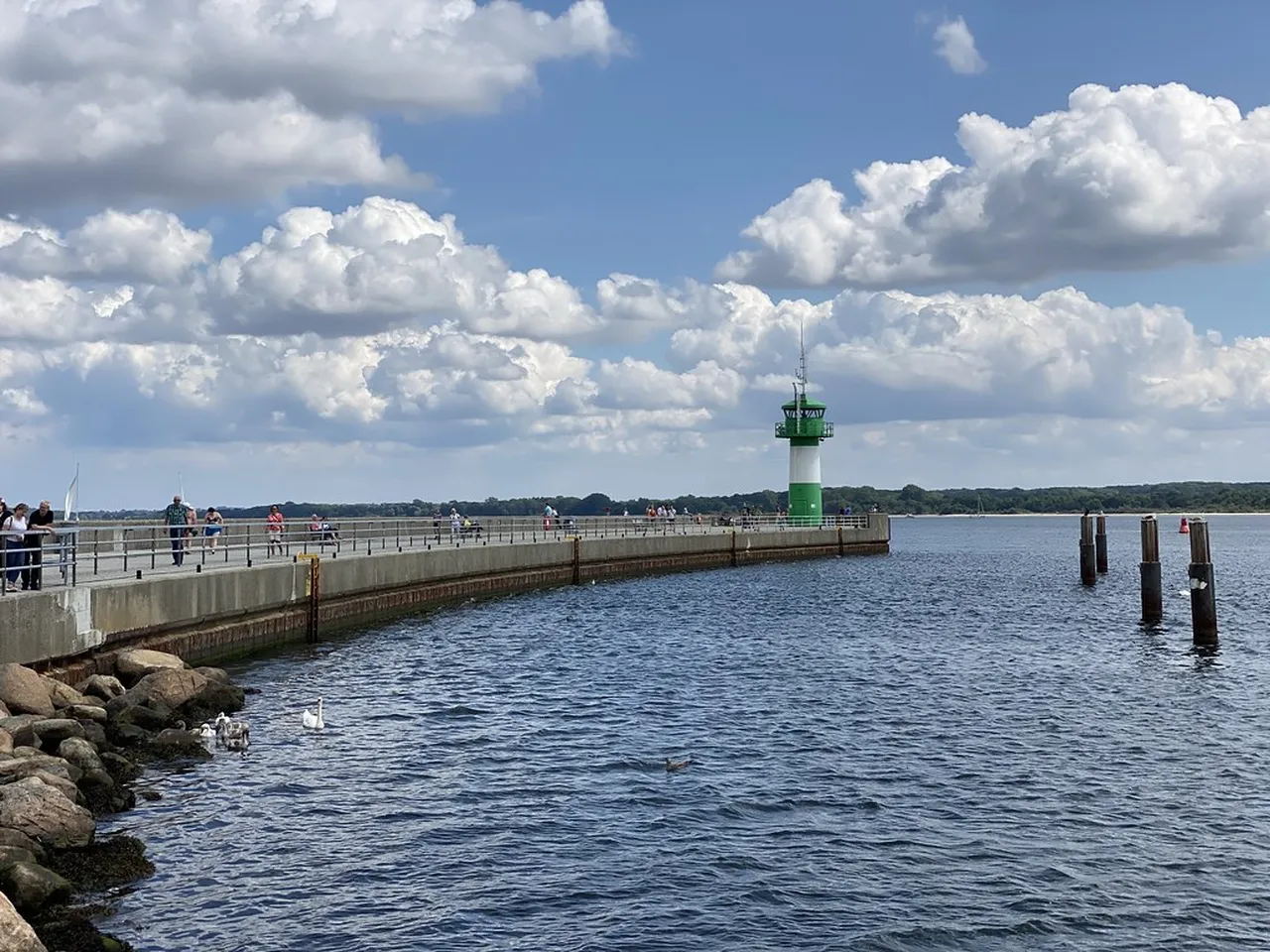
The Holstentor stands as the iconic symbol of Lübeck, showcasing the city’s rich history and architectural splendor. Built in the 15th century, this stunning gate features twin towers and is remarkably well-preserved, making it a must-see landmark. As you approach, you will surely appreciate the impressive red brick façade that illustrates Northern Gothic architecture.
Moreover, the Holstentor is not only a beautiful sight but also houses a museum that delves into Lübeck’s fascinating history. Here, visitors can explore exhibitions on the city’s role in the Hanseatic League, reflecting on its importance as a trading hub. While in the area, I highly recommend capturing photos, especially during sunset when the gate glows magnificently.
2. Lübeck Cathedral: A Marvel of Gothic Architecture
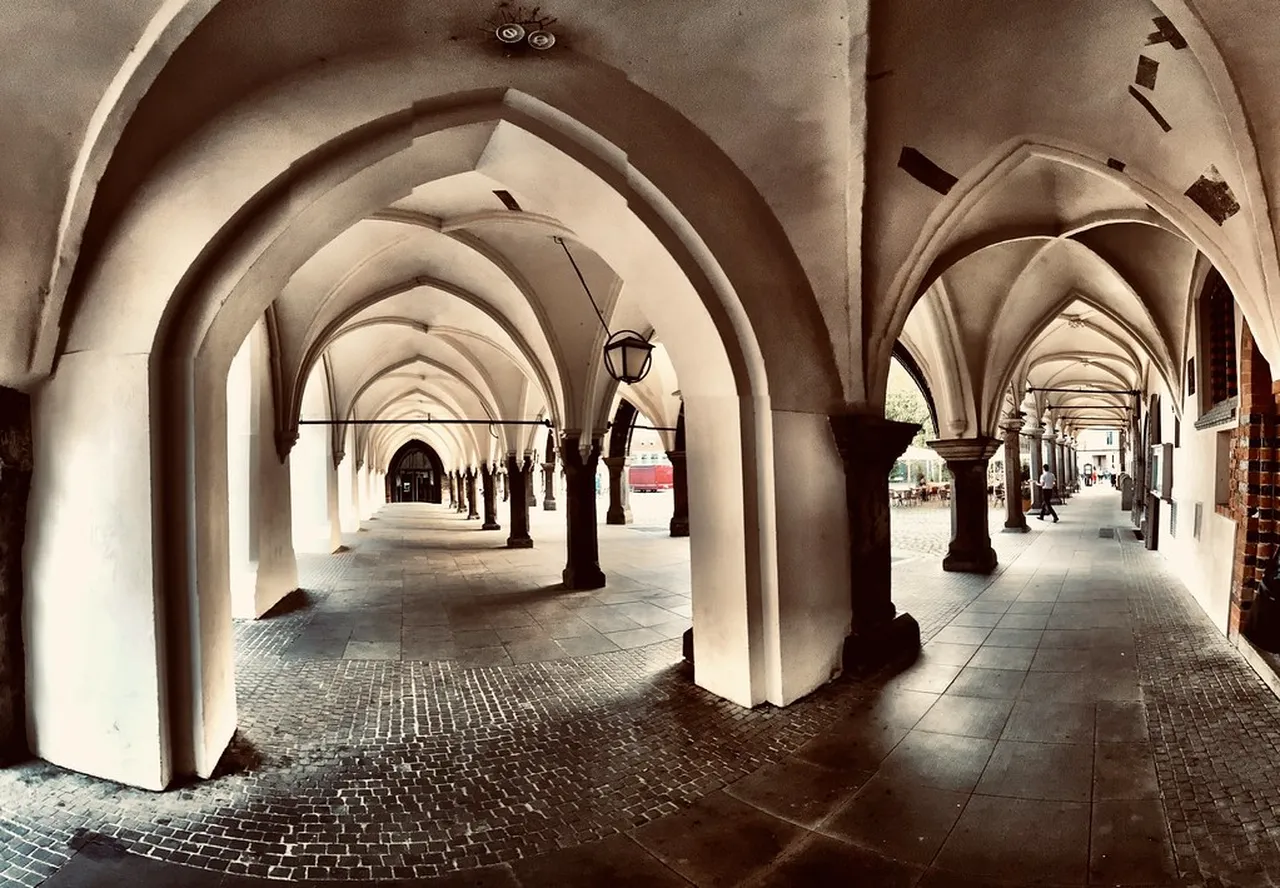
Lübeck Cathedral, or Dom zu Lübeck, is a breathtaking example of Gothic architecture. Constructed between the 12th and 14th centuries, this landmark showcases an incredible blend of styles, particularly its stunning twin towers that grace the city’s skyline. Inside, the cathedral features intricate stained-glass windows and magnificent altars that transport visitors back in time.
Transitioning from the outside’s magnificence to the interior, you will find the impressive organ, which is one of the oldest in Germany. The cathedral also hosts concerts, making it a lively cultural hub. If you’re an architecture enthusiast, you simply cannot miss Lübeck Cathedral on your trip!
3. St. Mary’s Church: The Tallest Brick Church in the World
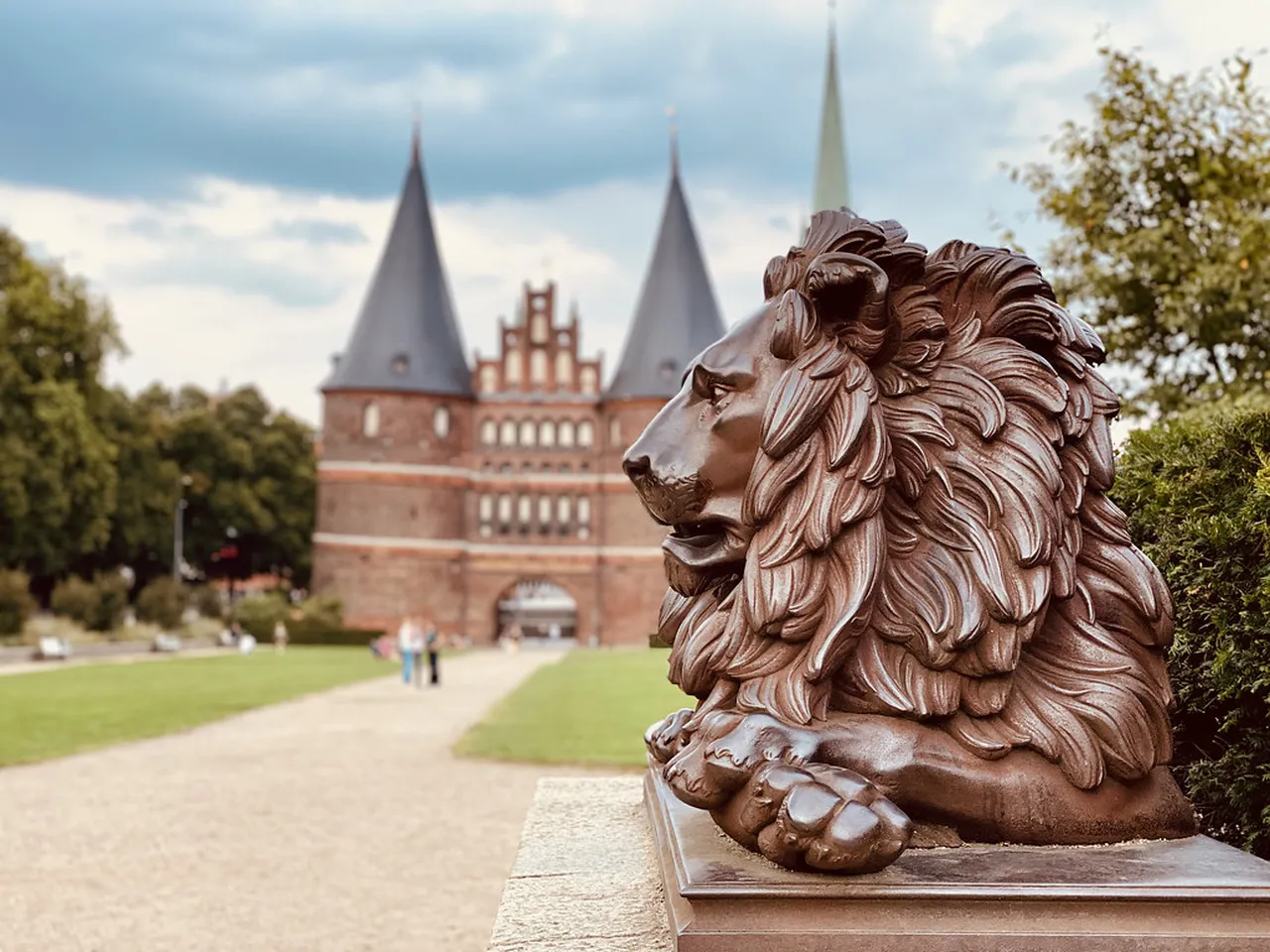
St. Mary’s Church (Marienkirche) is another notable landmark that should be at the top of your list when exploring Lübeck. As the tallest brick church in the world, it reaches an impressive height of 110 meters and is an exceptional example of the Brick Gothic style. The church’s construction began in the late 13th century, and even today, it stands as a testament to the craftsmanship of that era.
Inside the church, one cannot help but be awed by the vastness of the interior and the stunning artwork. I highly recommend taking a moment to admire the beautiful altar and the iconic astronomical clock. Moreover, St. Mary’s Church offers incredible acoustics and frequently hosts concerts, enhancing its status as a cultural gem in Lübeck. Don’t forget to visit this magnificent site during your journey!
4. The Buddenbrook House: A Literary Landmark in Lübeck
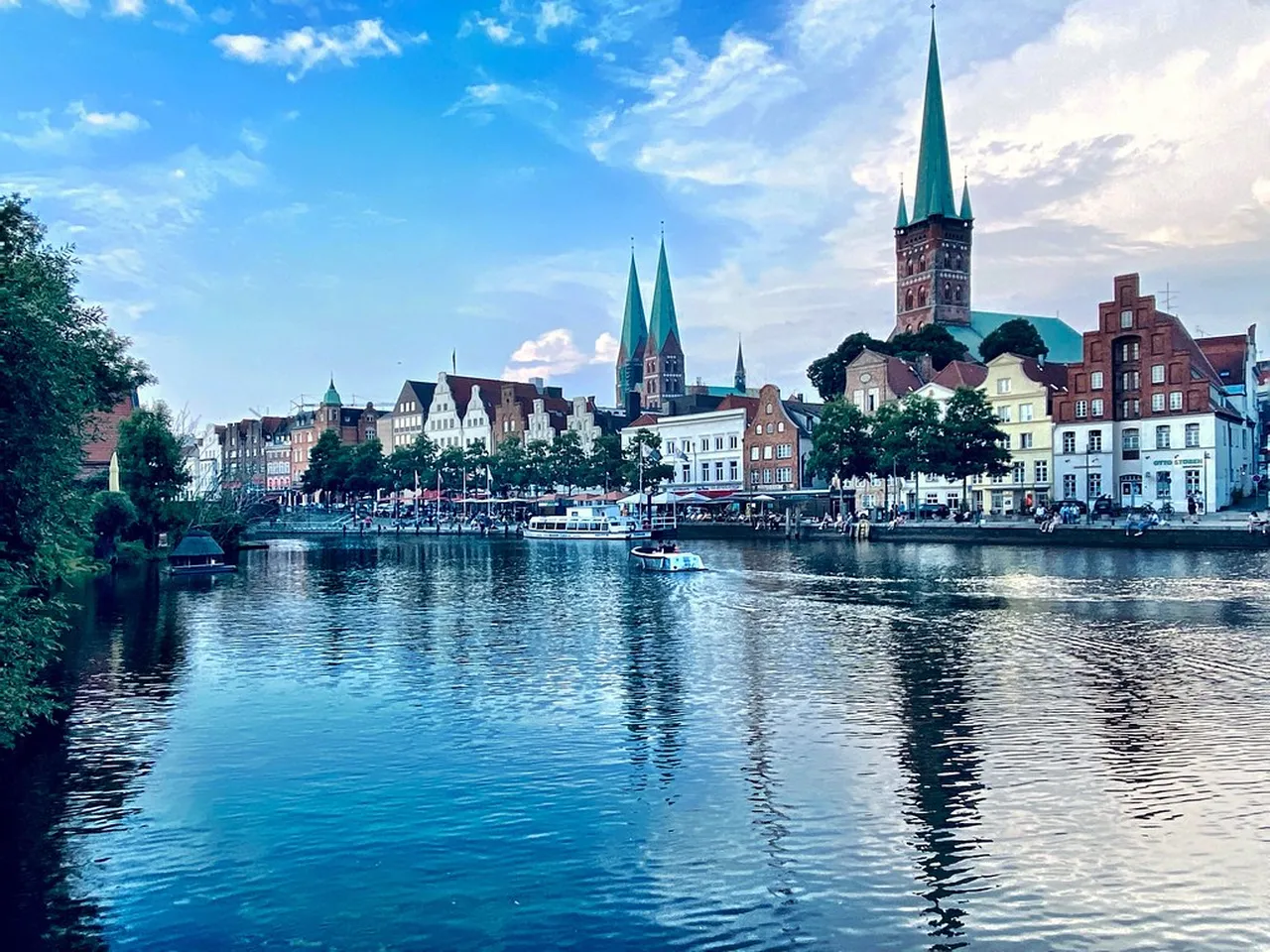
The Buddenbrook House is more than just a building; it stands as a literary landmark in Lübeck. This historic house was the childhood home of the renowned writers Thomas and Heinrich Mann. Therefore, visitors looking to Explore Lübeck’s literary heritage will find this landmark fascinating.
Moreover, the Buddenbrook House now serves as a museum dedicated to the Mann family and their works. The exhibits cover their lives and the cultural context of the time. As you walk through the rooms, you can feel the literary energy that inspired their poignant novels.
In addition to the museum, the house hosts various literary Events and readings throughout the year. Thus, visiting the Buddenbrook House can be an enlightening experience for both literature enthusiasts and casual travelers.
5. The Market Square: Heart of Lübeck’s Social Life
Insider Tip: Get the most out of your Lubeck visit with guided tours!
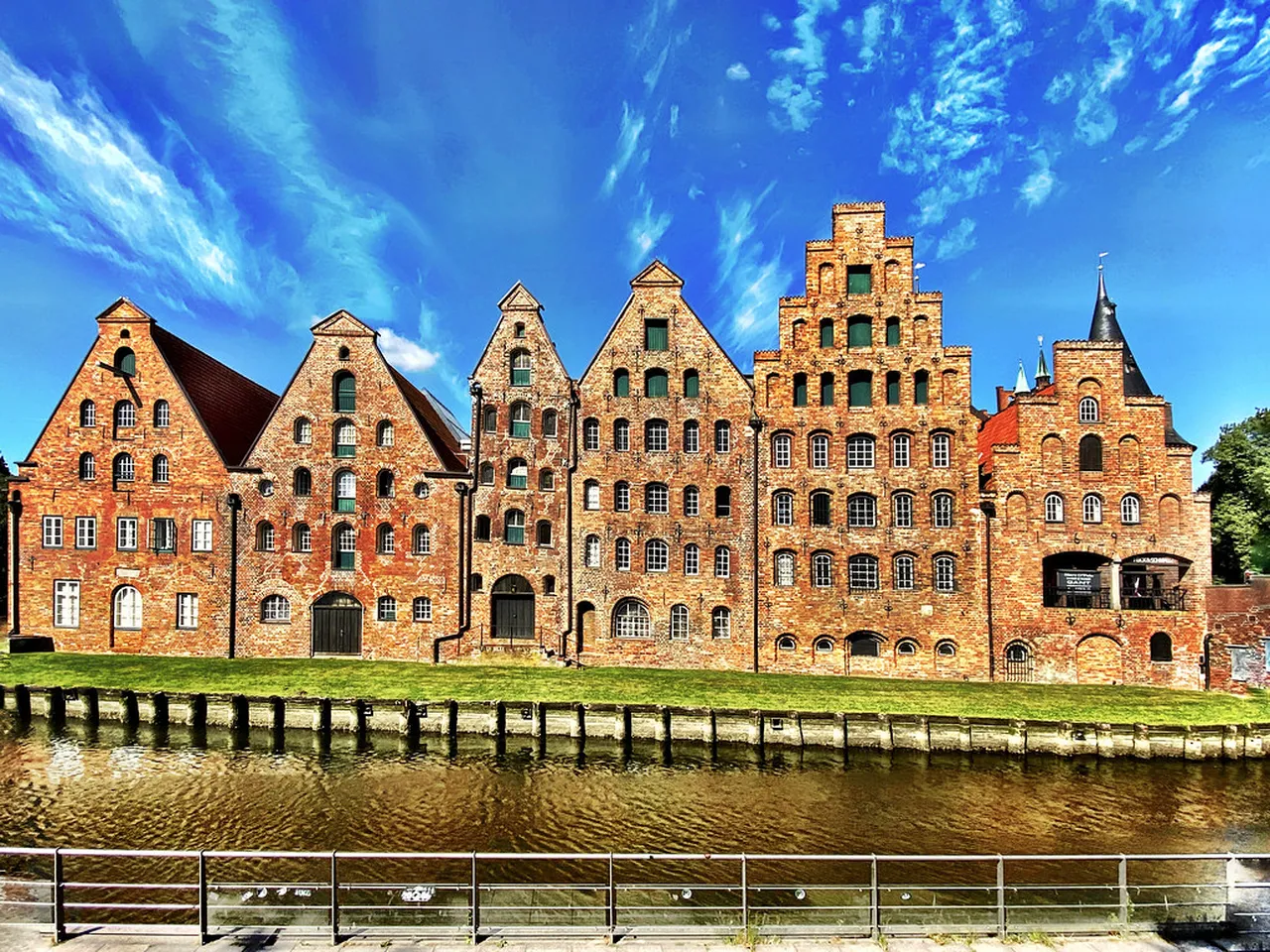
The Market Square, or Marktplatz, is truly the heart of Lübeck’s social life. Historically, this bustling area has been the center for trade and social gatherings for centuries. As a result, it holds a significant place in the memories of locals and visitors alike.
In the Market Square, you will find charming cafes, shops, and stalls, making it a great spot to relax. Additionally, the square is surrounded by astonishing architecture, including the Lübeck Rathaus. Here, you can embrace the lively atmosphere while savoring local delicacies.
What’s more, the square often hosts festivals and events throughout the year. Hence, there’s always something happening here, providing a glimpse into Lübeck’s vibrant community.
6. The Hospitals of the Holy Spirit: Historical Healing Places
Pro Tip: Book your Lubeck adventures in advance through Viator for the best deals!
The Hospitals of the Holy Spirit, comprising two significant institutions, represent Lübeck’s commitment to caring for the needy. Established in the 13th century, these hospitals are among the oldest of their kind in Europe. They showcase the city’s deep-rooted history in providing health and hospitality.
When visiting, you can explore the historical buildings, which still retain their charming medieval character. Furthermore, the picturesque courtyard provides a peaceful respite. Additionally, it’s an excellent location for learning about the humanitarian efforts of past generations.
In fact, the hospitals were designed not only for treating patients but also for offering a home to the elderly. Consequently, they exemplify the spirit of care that has been a cornerstone of Lübeck’s values for centuries.
7. The Burgtor: A Stunning Medieval City Gate
The Burgtor is one of the most impressive Lübeck landmarks, showcasing the city’s rich history. As you approach this stunning medieval city gate, its towering presence evokes a sense of awe. Built in the late 15th century, the Burgtor originally served as a defensive structure and an entrance to the castle district.
What makes the Burgtor particularly captivating are its intricate Gothic details and robust stone construction. The two towers, adorned with delicate battlements, make it a favorite spot for photographers and history enthusiasts alike. Furthermore, the gate also offers a glimpse into Lübeck’s past as a fortified city, marking an essential point in its development.
When visiting, take a moment to walk through and appreciate the architectural features. Moreover, you can enjoy a leisurely stroll in the nearby gardens, allowing you to reflect on the historical significance of this iconic landmark.
8. The Willy Brandt House: A Modern Look at Lübeck’s History
Pro Tip: Book your Lubeck adventures in advance through Viator for the best deals!
The Willy Brandt House stands out among Lübeck landmarks, offering a glimpse into modern German history. Situated in a beautifully restored building, this museum is dedicated to the life and legacy of Willy Brandt, the former chancellor of Germany. Brandt’s contributions to political reunification and peacekeeping are highlighted throughout the exhibitions.
Visitors will discover a variety of artifacts, photographs, and interactive displays that provide insight into the significant Events that shaped Germany. In addition, the informative audio guides make it easy to navigate through the museum while learning about Brandt’s pivotal role.
Importantly, this house is not only a museum but also a modern space that fosters discussions about democracy and peace. Therefore, taking the time to visit the Willy Brandt House is essential for those seeking a comprehensive understanding of Lübeck’s historical narrative.
9. The European Hansemuseum: Uncovering Hanseatic Heritage
Pro Tip: Book your Lubeck adventures in advance through Viator for the best deals!
The European Hansemuseum is a must-visit destination for anyone interested in Lübeck’s maritime history. Dedicated to the Hanseatic League, this museum immerses guests in the fascinating world of medieval trade and commerce. As you explore the exhibits, you’ll uncover intricate details about the trade networks that made Lübeck a leading city in the Hanseatic League.
With excellent displays, including period artifacts and engaging multimedia presentations, the museum brings history to life. It effectively narrates Lübeck’s influential role as a central trading hub while showcasing how the Hanseatic Culture shaped the city’s identity.
Furthermore, the museum features a stunning architecture that mirrors its historical significance. The combination of modern design and historical elements creates a captivating experience for visitors. In short, the European Hansemuseum is a profound journey through time that no traveler should miss when exploring Lübeck landmarks.
10. The Old Town: A UNESCO World Heritage Site Worth Exploring
The Old Town of Lübeck is a stunning example of medieval architecture and cultural heritage. Designated as a UNESCO World Heritage Site, it encapsulates the city’s historical significance and charm. Walking through its narrow alleys, you will be enchanted by the over 1,000 historic buildings that tell the story of Lübeck’s prosperous past. Be sure to explore the impressive brick façades and gabled houses that create a picturesque atmosphere.
Moreover, the Old Town is home to various quaint shops and cosy cafés, perfect for a leisurely afternoon. Transitioning from one landmark to another, you will marvel at the harmonious blend of history and modern life. The market square and bustling streets offer a glimpse into Lübeck’s vibrant everyday Culture, making it a wonderful place to experience local life. As you wander, don’t forget to appreciate the architectural details, which are truly a feast for the eyes.
Lübeck is a city rich in history, and its landmarks offer a profound connection to its maritime past and cultural heritage. Each site, from the majestic Holstentor to the peaceful charm of the Old Town, reflects Lübeck’s significance in the Hanseatic League and beyond. Whether you’re an architecture enthusiast or a history buff, visiting these Lübeck landmarks will leave you with an unforgettable experience. What Lübeck landmark are you most excited to visit? Share your favorite memories and let’s celebrate the beauty of Lübeck together!